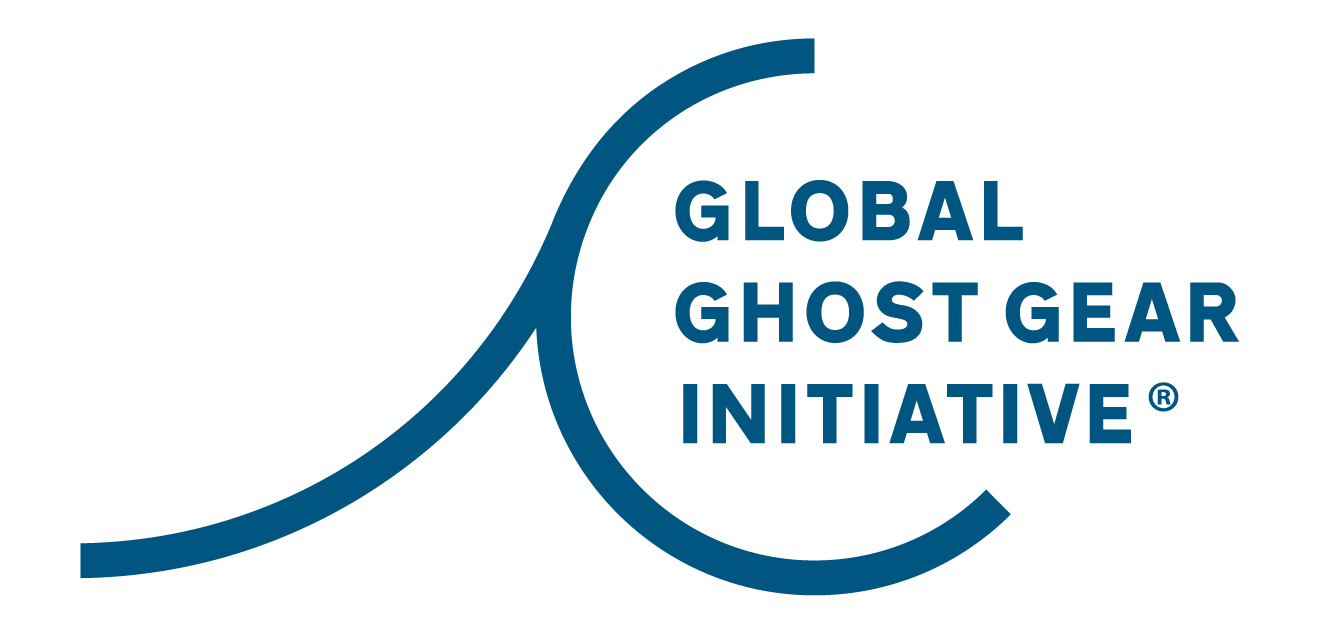GGGI Data Portal
The world's largest collection of ghost gear data records
01.
What is the GGGI Data Portal?
A publicly accessible online database consisting of thousands of ALDFG records submitted by organizations around the world.
02.
Who Owns the Data?
All data submitted to the GGGI Data Portal remains the property of the submitting partner/organization. The GGGI is only a custodian of submitted data. All submitted data is attributed to the submitting organization (or can be anonymous) as per our data sharing agreement.
03.
Who Can Access the Data?
All topline information (GSP coordinates, gear type, time observed) for submitted data must be publicly available. Higher resolution data (including the submitting organization) can be private at the data submitter’s request.
See a demonstration of the GGGI Data Portal’s functionality above.
04.
Who Can Submit Data?
Anyone may submit data, either as an individual or as an organization (or anonymously).
05.
How Can I Submit Data?
Either by creating an account on the GGGI Data Portal itself (for multiple records or large data sets), or by downloading the Ghost Gear Reporter App for either iOS or Android devices (for single record submission).
History and Evolution of the Data Portal
Data Portal Version 1.0
The launch of the GGGI global data portal version 1.0 in 2017 marked the first time that it was possible to display disparate data sets on ALDFG simultaneously in one place to gain a broad understanding of the ALDFG picture across the globe. With more than 300,000 ALDFG data records from dozens of data contributing organizations across the globe, the portal quickly became the largest single collection of ALDFG data on earth.
However, at the time, the portal could only show the presence of positive data points where data collection had occurred and where data existed, and there were significant gaps where datasets did not exist. There remained large areas of the world where research had not yet been conducted. As such, the portal was considered to represent a partial picture of the ALDFG situation around the world, and it was not meant to be a representative record of all ghost gear on earth or that has ever been found.
However, the very existence of the portal made it possible to create a data framework to allow for the collection of high quality and more useful data sets from many different data contributors, which previously had not been possible. The overall goals of data portal 1.0 were to:
Increase ease of data submission;
Develop an ideal data card as a reference point for organizations gathering data on ALDFG;
Build a flexible database that could accommodate disparate data sets including any records that partially fulfilled our “ideal” record;
Establish partnerships that could unify the data sets that already existed; and
Promote the creation of new partnerships and inclusion of new data sets.
In March 2018, at the 6th International Marine Debris Conference (6IMDC), we launched the Ghost Gear Reporter App. This companion tool to the portal allows for the submission of single records of ALDFG, whether lost or found, directly to the GGGI data portal by scientists, research organizations, fishers, and citizen scientists alike. While data portal 1.0 was ground-breaking at the time, it did not allow data to be downloaded or otherwise used for research purposes. Rather, version 1.0 was a proof of concept to demonstrate that the collection, amalgamation, and display of disparate data records from organizations around the world was possible in order to gain further insight into the magnitude of the ALDFG challenge.
Data Portal Version 2.0
In 2020, we laid the groundwork for, and began the initial design of, data portal 2.0, with a focus on integrated digital data sharing agreements which could allow for data collected in the data portal to be filtered, accessed, and downloaded for research purposes. The goal has been to fulfill the original vision for the data portal, which is for it to be an accessible, globally recognized, and up-to-date hub for data on ALDFG, including data from as many data sets as possible, to empower further research on this issue. In 2021, we completed work building data portal 2.0, which includes numerous improvements, including:
Integrates the new data sharing agreement directly into the online portal;
Allows data contributors to define the level of shareability for each data set at the time of upload;
Supports individual and organization-level logins to allow interaction with contributor-specific data;
Includes a suite of new interactive and custom reporting tools for submitted data sets;
Integrates with ArcGIS to allow for high resolution data on a map view;
Allows users to retrieve data instantly within a user-drawn shape on a map view;
Includes several new Application Programming Interfaces (APIs), expanding the possible integration and data transfer with other platforms in the future.
Includes a resource library, housing links to ALDFG-related academic papers, news articles, reports, etc.
The GGGI Ghost Gear Reporter App has also been updated. It now includes the ability to log in using the same credentials as with the data portal if desired, to track individual projects and contributions on a per-user basis. Our ongoing focus is to onboard new data partners to get more data into the portal and to have as much of that data publicly accessible as possible for research purposes. We will continue to further improve and expand the GGGI Data Portal’s functionality over time to ensure it remains the one-stop shop when it comes to all things ALDFG data-related.
Interested in Becoming a Member?
If you would like to know more about becoming a member of the GGGI, click the button below.
Our Members
Click the button below to learn more about our membership around the world and across all sectors.




